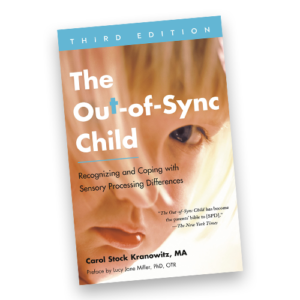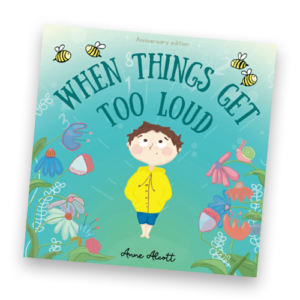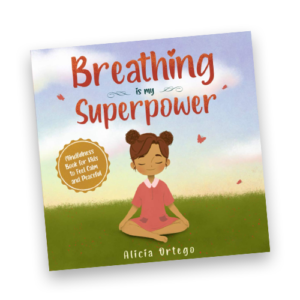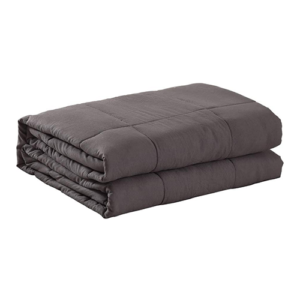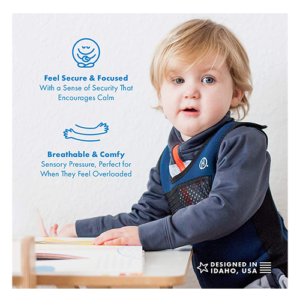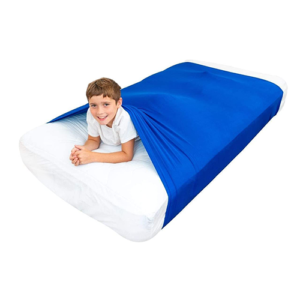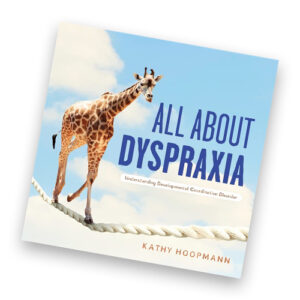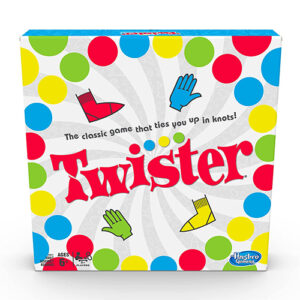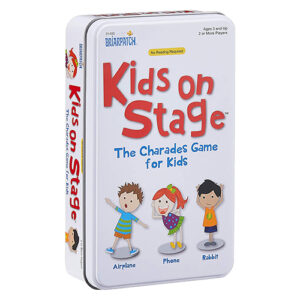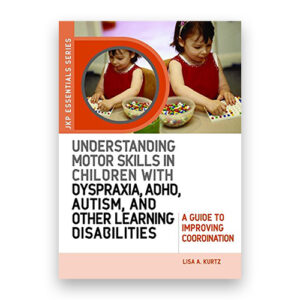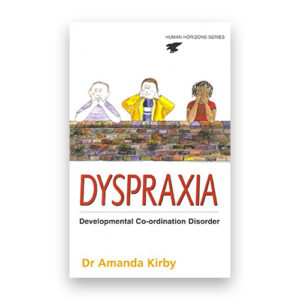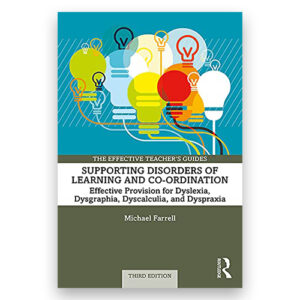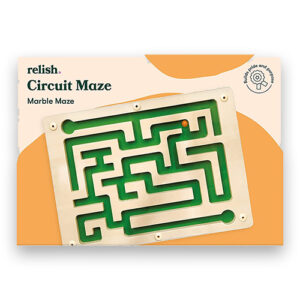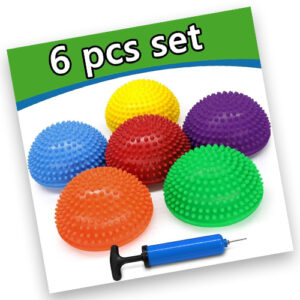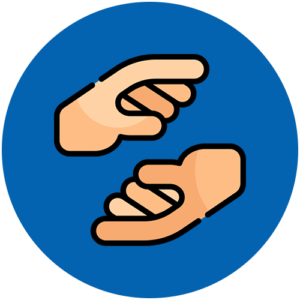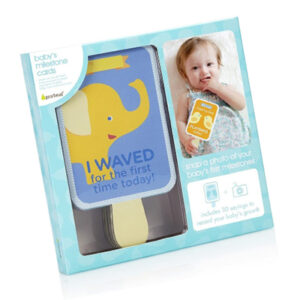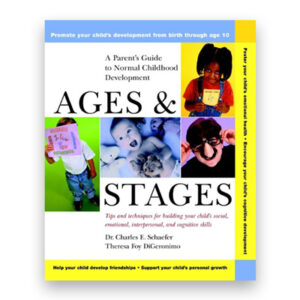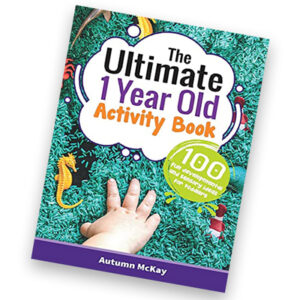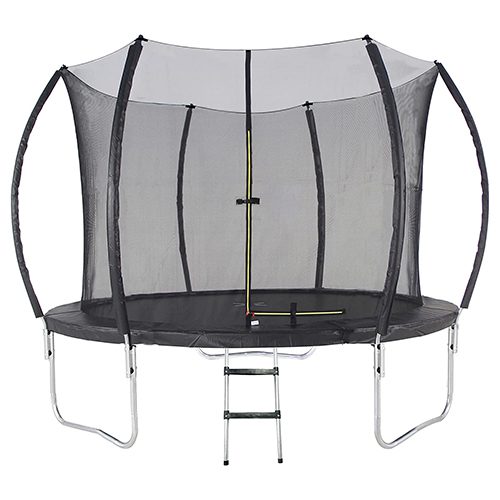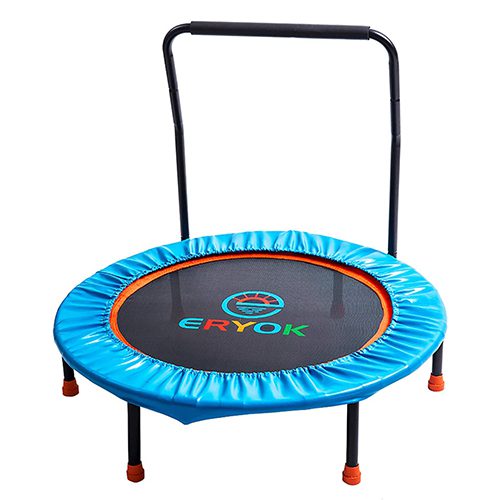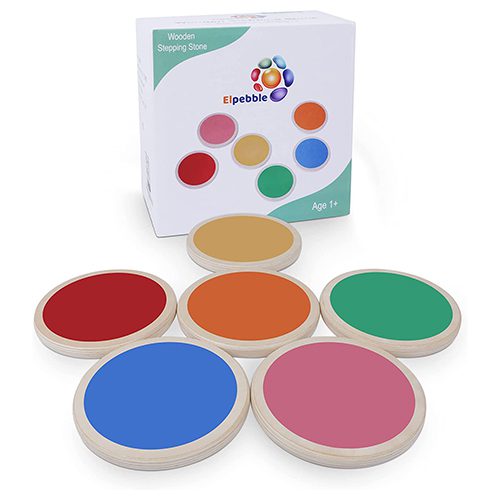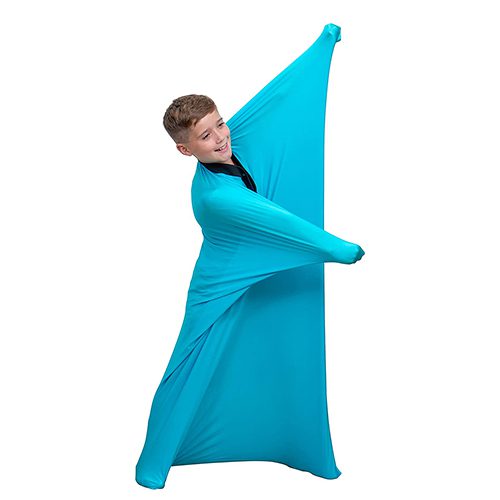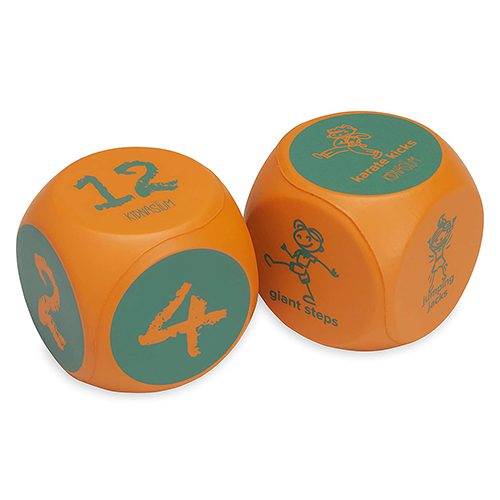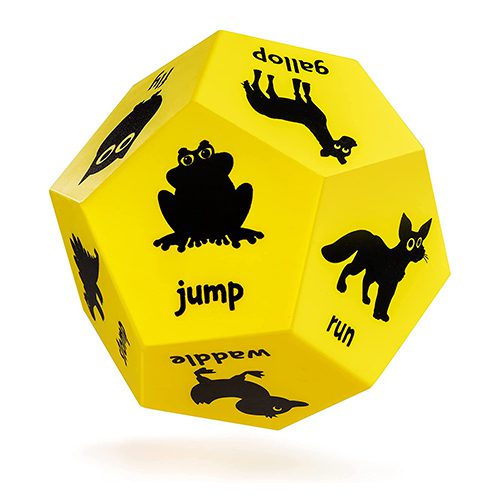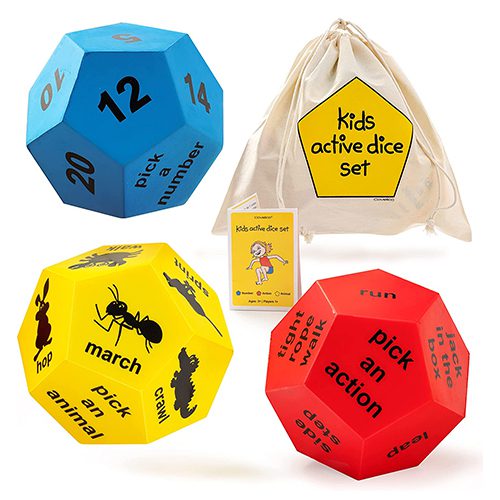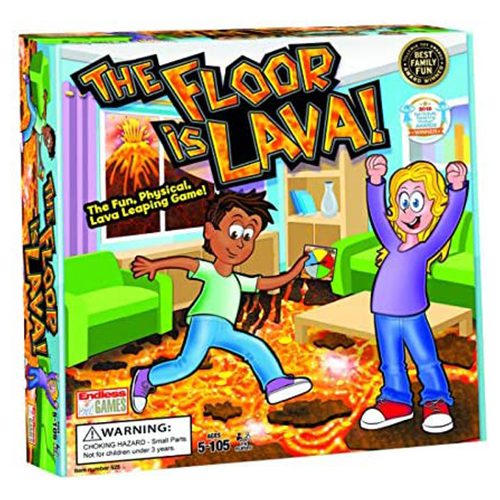The post Is Your Child Naughty or Overwhelmed? first appeared on Spring Forward Family Centre.
]]>Does your child have trouble paying attention to directions, display aggressive outbursts for no clear reason, or defy you when asked to wear certain types of clothing, such as those with itchy tags, button-ups, or socks? While these behaviours can be interpreted as naughty, there’s often something else happening under the surface. Here’s how to decide whether your child is being naughty or feeling overwhelmed:
What is Sensory Overload?
What seems like disobedient behaviours may be the result of sensory overload or sensory defensive behaviours. Sensory overload is the overstimulation of any of the five core senses: sight, taste, smell, touch, or hearing. It can also be the overstimulation of some other senses in our body: vestibular (balance), proprioception (joints and muscled), or interoception (insides and gut). When a child gets overwhelmed by any of these senses — they could display unexpected changes in their behaviour. They may:
- Become shy
- Run away or hide
- Be impulsive or unpredictable
- Have aggressive outbursts
- Be defiant or disobedient
- Not respond to their name
- Become less aware of the safety of themselves or others
- Try to block the stimuli (Cover ears or eyes)
Children with sensory defensive behaviours may seemingly go into fight-or-flight mode when confronted with something like movement, sound, or overwhelming visuals. It is most often seen in environments that are busy and challenge more than one sensory system – think classrooms, shopping centres or birthday parties. Their hypersensitivity to these stimuli is unpleasant for them, resulting in brash reactions that may be perceived as naughty.
Consider this scenario: your child isn’t paying attention long enough to receive directions in class. Even though your child’s teacher may believe they’re unwilling to listen, your child could just be overstimulated and trying to gain their bearings while other children play loudly in the background.
A seemingly unprovoked outburst could result from an encounter with one of their trigger stimuli. You may think their itchy school uniform is a minor inconvenience they’ll overcome with time, but your child may view it as an intense annoyance they need to free themselves of immediately.
How to Cope With Your Child’s Sensory Overload
No parent wants to watch their child struggle. Fortunately, occupational therapy is an effective way to help your child break through their difficulties, resulting in a more controlled and regulated reaction to their triggers. Targeted and individualised sensory activities, also known as ‘sensory diets’ can help your child’s body learn how to cope with a range of sensory experiences
If you’re noticing signs that your child may be experiencing sensory overload, we’re occupational therapists in Western Sydney dedicated to empowering children and their families to understand their behaviours and improve their comfort in life. Out of area, consider contacting us for telehealth supports.
Resources that are often in a sensory diet for overload includes:
Weighted and compression products: These should always be used with caution and in-alignment with restrictive practises that may be imposed. Deep pressure is great at calming the whole body.
MHNSF Pty Ltd T/A Spring Forward Family Centre is a participant in the Amazon Services LLC Associates Program, an affiliate advertising program designed to provide a means for sites to earn advertising fees by advertising and linking to Amazon.com.
The post Is Your Child Naughty or Overwhelmed? first appeared on Spring Forward Family Centre.
]]>The post What Is Developmental Coordination Disorder? first appeared on Spring Forward Family Centre.
]]>Coordination and motor skills are essential for any child to learn — but what happens when a specific population of children struggle with these daily functions? Developmental coordination disorder is a condition that makes it more challenging to learn coordination and motor skills. This neurodevelopmental disorder affects approximately 5-6% of children.
While it technically isn’t classified as a learning disability, it certainly affects a child’s learning capabilities. Children diagnosed with DCD (also commonly referred to as dyspraxia) will have the condition for the entirety of their lives, so it’s necessary for children with DCD to learn about their diagnosis and how to navigate life with it.
How Does DCD Affect My Child?
Your child can still live a happy, fulfilled life with dyspraxia! If you feel your child may have this condition, receiving a diagnosis is critical to better understand their needs.
Early symptoms of developmental coordination disorder include delayed crawling, walking, and self-feeding. You may notice that your child shows signs of DCD when they’re older because they’re noticeably clumsy — constantly dropping things, tripping, running into others, and lacking self-awareness when doing activities.
Children with DCD tend to struggle with certain activities in school, like using scissors, writing, and colouring.
How Can I Help My Child With DCD?
If you suspect your child has DCD, it is important to see your paediatrician to confirm the diagnosis. A comprehensive assessment from a paediatric physiotherapist who can assess for DCD would assist the paediatrician in their diagnosis and is highly recommended. Waitlists for paediatricians can be extensive, so consider starting the therapy journey while you wait.
Occupational therapists and paediatric physiotherapists can get a baseline of what your child is struggling with—school activities, coordination, or lack of specific motor skills—and work on a specialised plan incorporating different helpful activities. More specifically, paediatric physiotherapy can help a child develop and strengthen their coordination and balance.
It’s important to note that children with dyspraxia can be as intelligent as other children; they just need a little more assistance when learning to effectively accomplish tasks that don’t come naturally to them.
If you’re looking to give your child with developmental coordination disorder help, please contact us today! We are an allied health clinic in Western Sydney, Australia. If you are out of the area please connect with us for possible telehealth and home program options. We look forward to working with you and your family.
Enjoy further learning? Try these:
MHNSF Pty Ltd T/A Spring Forward Family Centre is a participant in the Amazon Services LLC Associates Program, an affiliate advertising program designed to provide a means for sites to earn advertising fees by advertising and linking to Amazon.com.
The post What Is Developmental Coordination Disorder? first appeared on Spring Forward Family Centre.
]]>The post How to Check Your Child’s Developmental Milestones first appeared on Spring Forward Family Centre.
]]>Your child’s milestones are meaningful — from the beginning of their life, to high school graduation, to landing their first job. You’re likely familiar with prevalent milestones like a baby’s first time crawling or even their first steps, but what are the other significant milestones to check when your child is young? And are they important?
We’re a paediatric allied health clinic in Western Sydney, Australia, specialising in helping children live to their fullest potential. Here’s how you can check your child’s developmental milestones at home!
The Most Important Window: Birth to Five Years
While your child’s milestones are undoubtedly significant throughout their entire life, medical professionals are primarily concerned that children meet specific milestones between birth and five years old. These younger years are crucial in laying foundations for cognitive, social, physical, and communicative development.
-
Cognitive Milestones
Cognitive milestones include the development of your child’s thoughts, learning abilities, and problem-solving skills. You’ll begin to notice cognitive milestones when your child is around two months old. They should start paying attention to faces and recognizing their loved ones. You may notice that your child is curious about the world at around six months old. Curiosity is expected and encouraged!
Your one-year-old should understand how different objects work, use them correctly, and follow the basic directions you give them. Your child should understand the basic concept of time and the names of everyday items used in the home by the time they turn five.
-
Social Milestones
Social milestones include your child’s social skills, how they interact with others, and how they show emotion. Most children enjoy engaging with others around three months old — you’ll likely notice that your child begins to smile when playing and cry when playtime is over. They will start to show interest in other infants use of toys around one-year of age.
Also around the one-year-old marker, your child should begin showing preferences for people and toys, test their parent’s responses, and repeat sounds. Your child should develop an interest in more complex play with other children and cultivating friendships by the time they’re five years old.
-
Physical Milestones
Physical milestones are perhaps one of the most recognized milestones, including movement and physical development, like your baby’s first steps! While your child likely won’t begin walking until they’re over a year old, they should have strong reflex movements at one-month-old. They should be able to sit up without assistance at six months old.
Your child should be able to walk by themselves and kick a ball by age two — and run freely by the age of three! You may notice your child having the time of their life using their bodies and playing on the playground at five years old — hopping, swinging, climbing, and skipping all over the place!
-
Communicative Milestones
Last but certainly not least, communicative milestones involve language and communication skills. While your child won’t communicate with you much when they’re one month old, you should begin noticing that your child hits communicative milestones around three months old. They’ll start being slightly more communicative with their expressions (communicating nonverbally).
Remember; while your baby isn’t communicating much for their first 3 months, they are listening and learning the foundations for speech!
While your child likely won’t speak at seven months old, you should begin checking to see if they recognize your voice, respond to their name and you should hear some babbling. Your child should start taking more interest in language around the time they’re one — ‘no’ might even be their favourite word at this stage! Isn’t that fun? You should check to see if they’re beginning to babble, pay attention to your voice, and even try repeating words or sounds.
Feel free to use our resources to check milestones:
First, we’ll need a little more information about you and your child.
If you are unsure, book a screener! In our local area? Come visit us. If out of area, reach out and we can see what telehealth options are available. We offer:
Bayley Screener
Screeners
Physio Screener
Think Creative! It is so important to log your child’s early development
MHNSF Pty Ltd T/A Spring Forward Family Centre is a participant in the Amazon Services LLC Associates Program, an affiliate advertising program designed to provide a means for sites to earn advertising fees by advertising and linking to Amazon.com.
The post How to Check Your Child’s Developmental Milestones first appeared on Spring Forward Family Centre.
]]>The post The Importance of Checking Developmental Milestones first appeared on Spring Forward Family Centre.
]]>Every parent wants their child to be happy and healthy. Developmental milestones are significant because they track your child’s progress compared to other children their age. You can view developmental milestones as a checklist that ensures your child is developing and progressing at a proper rate. Here are some details to consider concerning your child’s developmental milestones:
What Is a Developmental Milestone?
Developmental milestones are physical, social, cognitive, and communicative points that showcase a child’s growth. Children tend to develop specific skills around a particular age — with most skills building upon one another. You’ve likely noticed that your child’s healthcare team asks about milestones to better track and understand their growth.
Most medical professionals and parents begin to check for milestones when an infant is around one month old. You can expect your baby to smile at the sound of your voice when they’re approximately three months old, sit without support at six months old, and walk around eighteen months old.
It can be hard to recognize the various developmental milestones that should be checked while your child interacts and plays if you don’t know what to look for. The Child Mind Institute offers a comprehensive checklist you can follow at home to ensure your little one is on-track.
What if I Believe My Child Hasn’t Hit a Milestone?
It’s necessary to check your child’s developmental milestones to be cognizant if they’re not ‘checking them off the list’ as expected. While these milestones certainly act as guidelines for parents and your child’s healthcare team, knowing that every child has a different journey is important. Please don’t worry if your child is seemingly not hitting a milestone when they’re supposed to!
If this is the case, you can and should speak to your pediatrician, however waitlists can be 3, 6 or even 10 months. A month is a long time in the developmental path of a young child. While you wait, start the process connect with the allied health professional who’s skills match your concerns.
If your child is less than 3 ½ years, book a Bayley screener or assessment. This process checks motor, language, social and emotional development collectively
If your child is over 3 ½ years, book in for a screener or assessment with a paediatric physiotherapist (motor skills), speech pathologist (speech and language skills), occupational therapist (sensory processing, regulation, skill development, feeding, sleeping), or counsellor (social-emotional development, attachment). Other allied health professionals who may help include; chiropractors, optometrists’, behavioural optometrists, psychologists, dieticians, and homeopaths.
Think Creative! It is so important to log your child’s early development
MHNSF Pty Ltd T/A Spring Forward Family Centre is a participant in the Amazon Services LLC Associates Program, an affiliate advertising program designed to provide a means for sites to earn advertising fees by advertising and linking to Amazon.com.
The post The Importance of Checking Developmental Milestones first appeared on Spring Forward Family Centre.
]]>The post 10 Activities for Children: Preventing Toe Walking first appeared on Spring Forward Family Centre.
]]>Children should walk in a heel-toe walking pattern to prevent putting unnatural pressure on their hips, knees, and lower back. If your child is above three years old and still toe walks, we recommend that you get proactive and present them with various activities that will lessen their toe walking habits. Here are ten beneficial exercises you can try at home:
1. Manual Stretches
Tight muscles are one of the leading causes of toe walking. Your child should lay on the floor as you do these two helpful stretches!
- Try a calf stretch by taking your child’s foot and applying light pressure by pushing the foot toward their body. We recommend holding this position for fifteen seconds, switching to the other foot, and then returning to the first foot. It would be best if you went through the cycle twice!
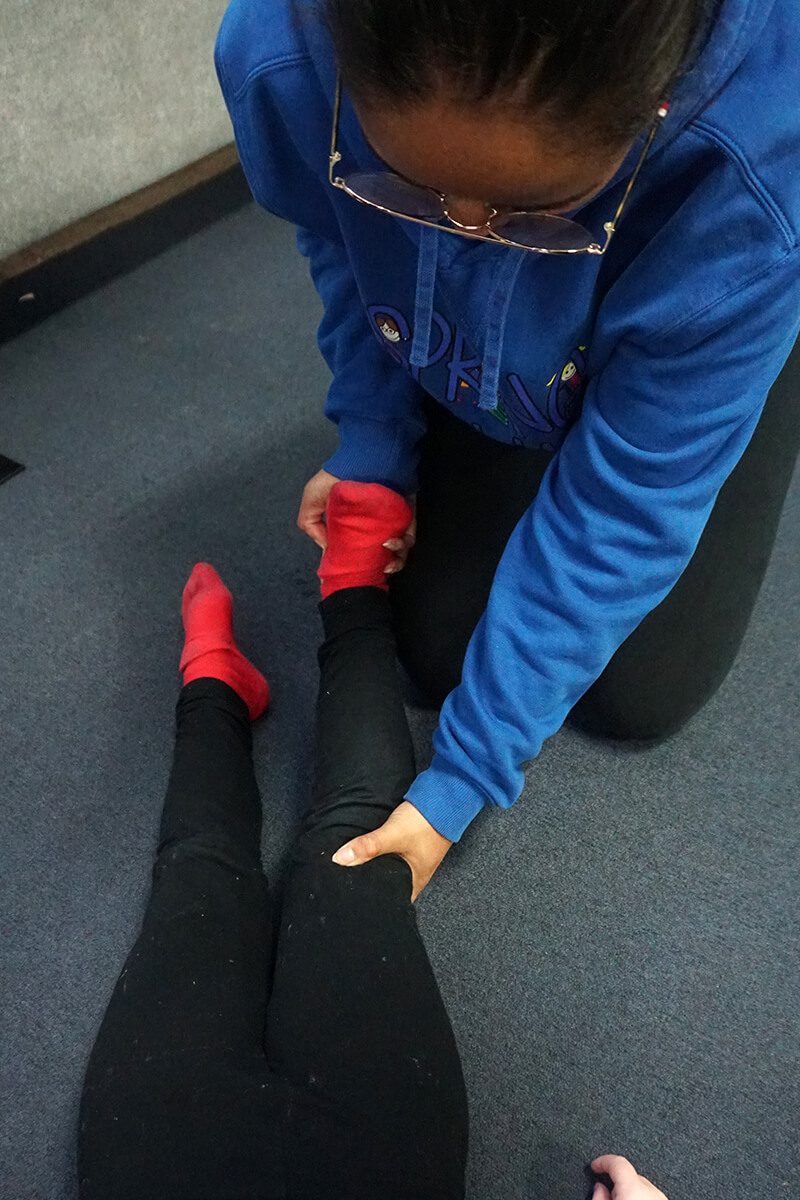
- Try a hamstring stretch by telling your kid to place both feet flat on the floor. They’ll still be lying down, but their knees will be positioned upward. While their opposite foot stays grounded on the floor, you will raise their other leg toward the sky. You should hold their foot up — and their leg should be relatively straight! It’s recommended that you hold this stretch for fifteen seconds. Switch sides and then do it again!
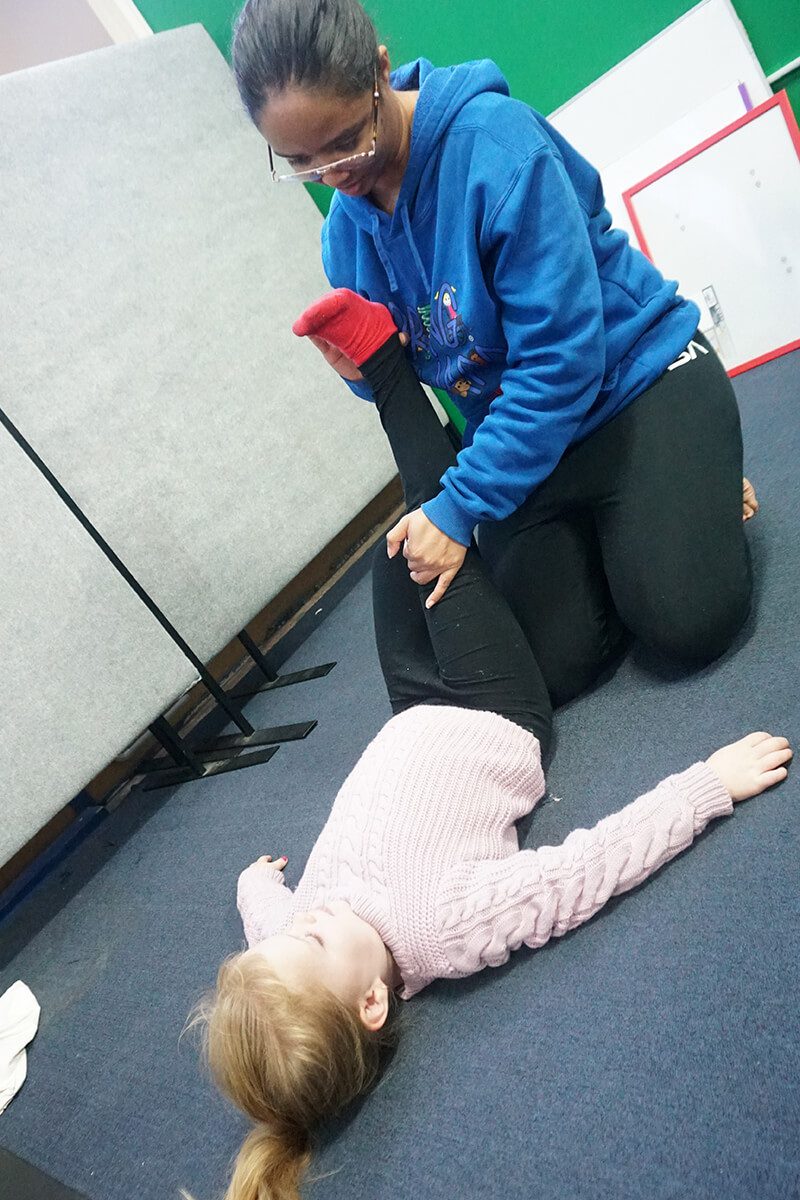
2. Downward Dog
The practise of yoga helps with stability, flexibility, and strength. We certainly don’t expect your young child to be a yogi — but practising the downward dog will significantly benefit their hips! Since many children walk on their toes partly due to hip tightness, various hip stretches will help loosen those muscles.
3. Squat and Play
If your young child wants to play with action figures or dolls on the floor, you can challenge them to squat while playing. They should have their heels planted to the floor as much as possible! While they’re playing with their toys low to the floor and in a squatting position, they will be participating in a deep calf stretch.
4. Scooter Play
Who said strengthening your child’s legs and ankles couldn’t be fun? You could opt to purchase sitting scooters for your child (and possibly their siblings or friends), so they can feel like they’re playing instead of rehabilitating. They should place their hands on the floor, heels on the ground, and toes in the air. They will have a blast floating around on their scooters!
You can find these fun scooters online or in-store near you. Your child can race or come up with their own games — the meaningful aspect is that the sitting scooters will strengthen their muscles!
5. Marching on the Spot
Put on some of your child’s favourite music and have them march to it! They need to bring their knees high and land with their feet flat on the ground. This activity will demonstrate how their feet should land on the floor with a heel-toe walking pattern.
6. Walk or Hike
We’re not suggesting going on a leisure walk or hike — you should find a walk or hike that has plenty of uphill slopes! The rugged slopes will provide a nice stretch to your child’s calves and Achilles tendons (and yours, too!). It will also force your child to firmly place their heels on the ground to propel themselves forward.
7. Play on Uneven Surfaces
Take your child to a sand-filled park or purchase a small sandpit! When a child who typically walks on the balls of their feet plays on uneven ground, they’re forced to utilize every part of their foot to navigate the bumpy terrain.
8. Stand on One Foot
This activity may sound silly, but challenging your child to stand on one foot will help them stretch their Achilles’s tendons and strengthen their ankles! It will also force them to work on their balance and stability. Once their ankles get more stable, they may be more willing to use a heel-toe walking pattern.
9. Wobble Cushion
You could opt to purchase a wobble cushion to encourage your child to boost their balance! They will be forced to use their heels to dig into the wobble cushion — showing them that they can stay stable while utilizing their heels!
10. Animal Activities
Lastly, their imagination can help them stop toe-walking! They could pretend they’re a crab while walking around with all fours on the ground. If they don’t want to be a crab, they can try becoming a penguin. Penguins should walk with their heels down and toes up — quite the opposite of their current walking pattern!
Want more information or guidance, connect with our team today!
For kids who hate exercises but love a story? Consider this:
MHNSF Pty Ltd T/A Spring Forward Family Centre is a participant in the Amazon Services LLC Associates Program, an affiliate advertising program designed to provide a means for sites to earn advertising fees by advertising and linking to Amazon.com.
The post 10 Activities for Children: Preventing Toe Walking first appeared on Spring Forward Family Centre.
]]>The post Toe Walking in Children: Should Parents Be Worried? first appeared on Spring Forward Family Centre.
]]>Your child walks around on their toes — what’s the big deal, anyway? Toe walking is fairly common in children who are just learning to walk, but most kids naturally outgrow it. While you shouldn’t be worried if your child walks on their toes when learning to walk, you should start being concerned if they continue this walking pattern after three years old. Here’s what you should know about toe walking in children and how to navigate it:
Why Is My Child Toe Walking?
There are many reasons a child isn’t walking in the regular heel-to-toe pattern. Young children learning to walk will typically use toe walking because it helps them maintain their balance and stability. Some children stick to this walking pattern because they’ve grown comfortable with it, and it becomes a pattern.
Other kids walk on the balls of their feet because their Achilles tendons are too short or tight. If the Achilles tendon is too short, the child could have issues physically placing their heel on the floor. Children could opt to walk on their toes because their calf muscles, hip flexors, and hamstrings are too tight. Hypermobile children may also toe walk because they deem it more comfortable.
Toe walking has been linked to cerebral palsy, muscular dystrophy, and autism. It’s important to note that if your child is toe walking, that doesn’t necessarily mean there are underlying conditions!
What is Idiopathic Toe Walking?
Idiopathic toe walking (ITW) is when children over the age of three continue to walk on the balls of their feet — affecting approximately 7-24% of children. The word idiopathic means that the exact cause of the toe walking is unknown. Experts don’t exactly know why children with no underlying disorders habitually walk on their toes.
Does Toe Walking Negatively Affect My Child?
If your child continues walking on their toes after turning three, they have a higher likelihood of experiencing undesirable side effects. Since the natural walking pattern for humans is heel-to-toe, the unusual emphasis on the toes puts unnecessary stress on other areas of the body.
Every parent wants their young child to grow up healthy. Here’s the issue with toe walking: unnatural tension is placed on the hips, knees, and lower back. This abnormal walking pattern can cause improper bone growth or create ligament issues as kids age.
If children continue to toe walk, they’ll begin experiencing tightness in the muscles supporting their hips and knees. The body is a complex interconnected system that requires balance to work optimally — putting unnecessary pressure on the hips and back can further throw off the child’s gait. The child will suffer hip stability issues and other related discomforts as they continue to grow.
How Can I Get My Child to Stop Toe Walking?
Children tend to toe walk because they want to feel more stable — whether it’s because they have tight muscles, hypermobility, or another underlying reason. If you’re reading this blog post, you’ve already taken the first step to getting your child the proper help they need to stop toe-walking.
You should begin helping your child by reminding them to focus on walking in a heel-toe pattern whenever possible. It’s essential to keep it in the forefront of their mind! If you want to work with your child at home, you should focus on stretching their muscles that may be affecting their gait.
We have a blog post specifically dedicated to various activities that will help your child stop toe-walking. You can find it here: (insert link to toe walking activities blog post).
Concerned or have questions? Connect with our physio team today!
Want to get started? Book your intake call today!
Contact us to book an assessment
The post Toe Walking in Children: Should Parents Be Worried? first appeared on Spring Forward Family Centre.
]]>The post Activities for Children with Low Muscle Tone first appeared on Spring Forward Family Centre.
]]>If you’re a parent, you will absolutely feel worried if your newborn, infant or child has been diagnosed with low muscle tone. Or, if you just know something is not quite right with how your child is learning to move.
Here’s the thing: help is available and hope is real! We are a team of allied health professionals in Western Sydney, Australia, who have seen children live happy and productive childhoods with low muscle tone. The best thing you can do for your child is to keep them active and consistent with their exercises, and if you are worried – seek help! While low muscle tone will never completely go away, there are various activities your child can do to keep their muscles stable and strong:
Take Them to the Playground
When your child is old enough to run, jump, swing, and climb — take them to the playground! Children with low muscle tone need to utilise their entire muscular system to maintain stability and strength throughout their bodies. Your child will have the time of their life on the playground, without noticing the various structures targeting specific muscles as they play.
Helping Hands
You can incorporate showing your child how to help around the house with physical therapy by having them carry items! For example, ask your small child to carry a carton of milk or bag of groceries into the house. Not only will they feel like they’re doing their part to help their parents — but the added weight will build muscle!
Jumping on a Trampoline
Do you see the common theme here? Your child with low muscle tone should be as active as possible. While low muscle tone generally makes children feel more fatigued after physical activity, they will slowly gain strength and endurance with repetition. Jumping on a trampoline is fun— they may not even realise they’re engaging in physical therapy! You will gradually notice your child’s balance, endurance, and energy levels improve as they remain consistently active.
Home Obstacle Courses
Think Safety First! But also consider making it creative: could you play floor is lava or make an obstacle course with your furniture inside your home? Dining room chairs with a sheet over the top make great tunnels or take the sheet off and play climb over and under – under one chair, over the next. Empty ice cream containers with some string attached as handles can make steppers, old pillows on the floor as stepping-stones. What fun ways can you and your family move around your home?
Animal Walks
For kids over 2 who are confident walkers, avoid plain old walking around the house. How can you inspire them to use their bodies in unique ways when doing the routine (and often mundane) day to day life activities at home? Here are some of our favourites!
- Clean up your room like a frog
- Walk to the bathroom like a bear
- The Waiting Lizard: walk around the living room like a lizard while you wait for afternoon tea
- The Dancing Robot: complete brain gym cross crawl pattern. 15 per scoop of ice cream
If you want to add to your supplies, consider some of these:
The post Activities for Children with Low Muscle Tone first appeared on Spring Forward Family Centre.
]]>The post Hypotonia in Kids: What to Know About Low Muscle Tone first appeared on Spring Forward Family Centre.
]]>Everyone wants their child to be healthy — the muscular system plays an integral role in supporting children’s bodies, blood circulation, and movement. Kids with hypotonia (medical jargon for low muscle tone) won’t show resistance when their joints move. Essentially, the child’s muscles feel soft and floppy. Whether you were just told your child has hypotonia or you’re beginning to think they might — here’s what you should know about low muscle tone in children:
What Is Hypotonia?
So, what exactly is poor muscle tone? Take a moment to relax your arm. Now, take your hand and pinch the relaxed arm’s bicep. Do you notice the tension and tightness in your muscle? When someone has hypotonia, the muscle feels soft and offers little resistance (if any).
Low muscle tone describes the amount of tension and resistance someone’s muscles have while at rest. Muscles should hold a certain level of tightness even when at rest. There’s a common misconception that children with hypotonia are weak — they can actually be quite strong! There’s a difference between muscle tone and strength. Muscle strength can change throughout life, but low muscle tone can’t really change.
While hypotonia is technically a standalone condition, weak muscle tone is often a symptom of other conditions.
Does My Baby Have Hypotonia?
Since hypotonia is typically present at birth, it is most commonly detected in babies and young children. Hypotonia is also called “floppy infant syndrome” because newborns will feel weak and floppy within minutes of birth. Your baby may have little strength, limited interest in moving their arms and legs, and delayed reflexes.
The most common indicators that a baby may have low muscle tone appear in their limbs. If you lift your infant around their tummy and their limbs hang like a rag doll, your child likely has low muscle tone. There are a few other common signs: your baby holds a frog-leg posture, bends their arms at the elbow and keeps them above their head, or has poor head control.
While low muscle tone commonly presents itself in infants, hypotonia persists as the child ages. Children with low muscle tone struggle with increased joint flexibility (often appearing double-jointed), poor balance, poor posture, and fatigue.
How Does Low Muscle Tone Impact My Child?
Your child’s life will undoubtedly be impacted by low muscle tone, so it’s essential that your child visit an occupational or physical therapist to alleviate symptoms and learn to work with it. There are many hypotonia symptoms in children:
- Difficulty sitting upright for extended periods
- Difficulty controlling head movements
- Difficulty changing positions
- Limited interest in playing or physical activity
- Poor posture
- Coordination issues
- Fatigue
- Poor balance
- Poor motor skills
Who Can Help With Low Muscle Tone?
Typically, physiotherapists and occupational therapists provide the best treatment plans for children with hypotonia. Low muscle tone is a spectrum, and can impact a child or adult very individual ways. As a result, a collaboration between physiotherapists and occupational therapists is highly recommended.
Physiotherapists will assess where a child falls on this spectrum, the significance of their tonal challenges, while occupational therapists will assess the skill gaps that might result from low tone and how to help a child or adult increase their independence. Then, a customized plan is created to strengthen the child’s muscles through various activities!
If your child has a low muscle tone, they will undoubtedly benefit from intentional exercises to strengthen the muscles! They should also participate in various activities to improve their coordination, posture, motor skills, and physical endurance.
If low muscle tone is impacting you or your family, start your journey today. Try these activities at home.
The earlier intervention starts, the better results are seen; connect with our physio team and start the assessment process.
It’s important to empower your child and help them learn how to navigate living with low muscle tone — so they can be happy, healthy, and active in their childhood and beyond!
Contact us to book an assessment
The post Hypotonia in Kids: What to Know About Low Muscle Tone first appeared on Spring Forward Family Centre.
]]>The post July 2022
Newsletter first appeared on Spring Forward Family Centre.
Hi Spring Forward families,
Find out what’s new and upcoming this month at Spring Forward, below;
Table of Contents:
Quotes | Announcements | Holiday Programs | Service Updates | Product of The Month | Client Achievements | Blog News
 Quotes
Quotes
Something Inspirational

“Out of the mountain of despair, a stone of hope.”- Martin Luther King, Jr
Something Reassuring

“Nothing is permanent in this wicked world, not even your troubles.” – Charlie Chapman
 Announcements
Announcements
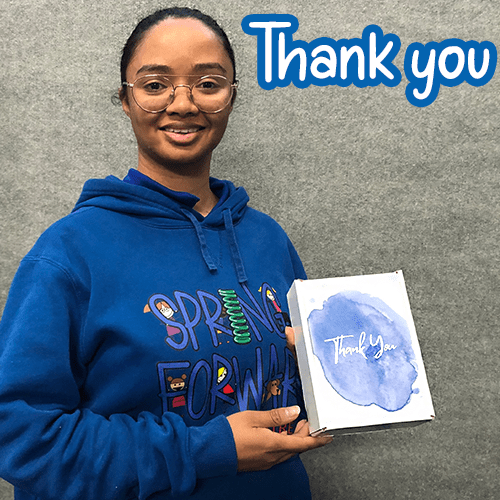
A big thank you to:
- Katie ~ Break thru
- Taf ~ Umuntu Ngabantu
- Oliver ~ Noro Music Therapy
- Ivana ~ Hope Health & Care Services
- Jenny ~ Affinity Specialist Centre
“Thank you for the time taken to meet with me and for the opportunity to share knowledge. I really enjoyed the ethos of each company and how it shone through in my interactions with you.”
~ Roxanne, Physiotherapist
Bayley Screeners Continue!
We continue to offer developmental screeners to kids under three and a half. Occupational Therapist Melissa will be visiting multiple centres across Penrith & surrounds during July.
Interested?
Share our details with your preschool, daycare, parents group or early development centre.
Thank you to our current partners:
- Kids Academy – Caddens
- Kids Academy – Regentville
- Kids Academy – Penrith
- Kids Academy – Glenmore Park

Check your child’s development with our free online development checklist for children 0-3.5 years.
Speech Screeners Continue!
We are excited to be bringing speech screeners to kids between three and a half and five. Speech and Language Pathologist Erin will visit Kids Academy centres in Penrith and surrounds this month!Interested?Share our details with your preschool, daycare, parents group or early development centre.Thank you to our current partners:
- Kids Academy – Regentville
- Kids Academy – Glenmore Park

Physio Screeners Continue!
We are excited to be bringing physiotherapy screeners to kids between three and a half and five. Physiotherapist Roxanne will visit centres in Penrith and surrounds this month!Interested?Share our details with your preschool, daycare, parents group or early development centre.
 Upcoming Programs
Upcoming Programs
Term 3 Programs!
Below is a list of our programs running in term 3!
Contact us to book your spot today.
Your favourite program isn’t listed? Submit an expression of interest for the group you desire.
 Client Achievements
Client Achievements
“Marcus is killig it with his words, forming two word sentences, communicating to mum and dad, so awesome to see his progress.”
~ Monica, Speech Pathologist
 Service Updates
Service Updates
IMPORTANT NOTICE!
All private fees will increase by up to 6% on the 18th July 2022.
Early Intervention Pathway!
Speak to your Local Area Coordinator (LAC) to see how they can advocate for their child’s needs for therapy. For NDIS participants and also individuals who aren’t eligible for funding, LACs provide a link to community support such as health, social, transport, and education, as well as outlining the need for additional services.
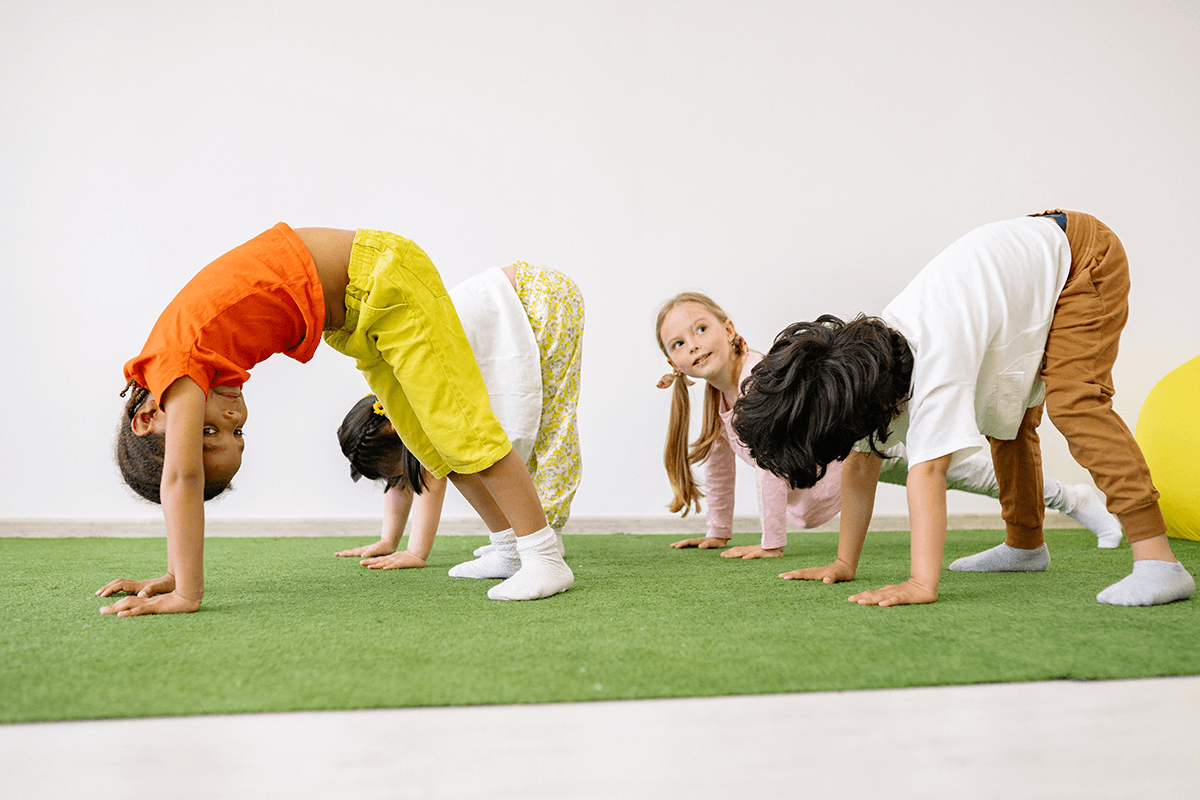
Do you find yourself constantly telling your child to stand up straight? You’re certainly not alone – poor posture is diagnosed in approximately 38.3% of children. Read more here.
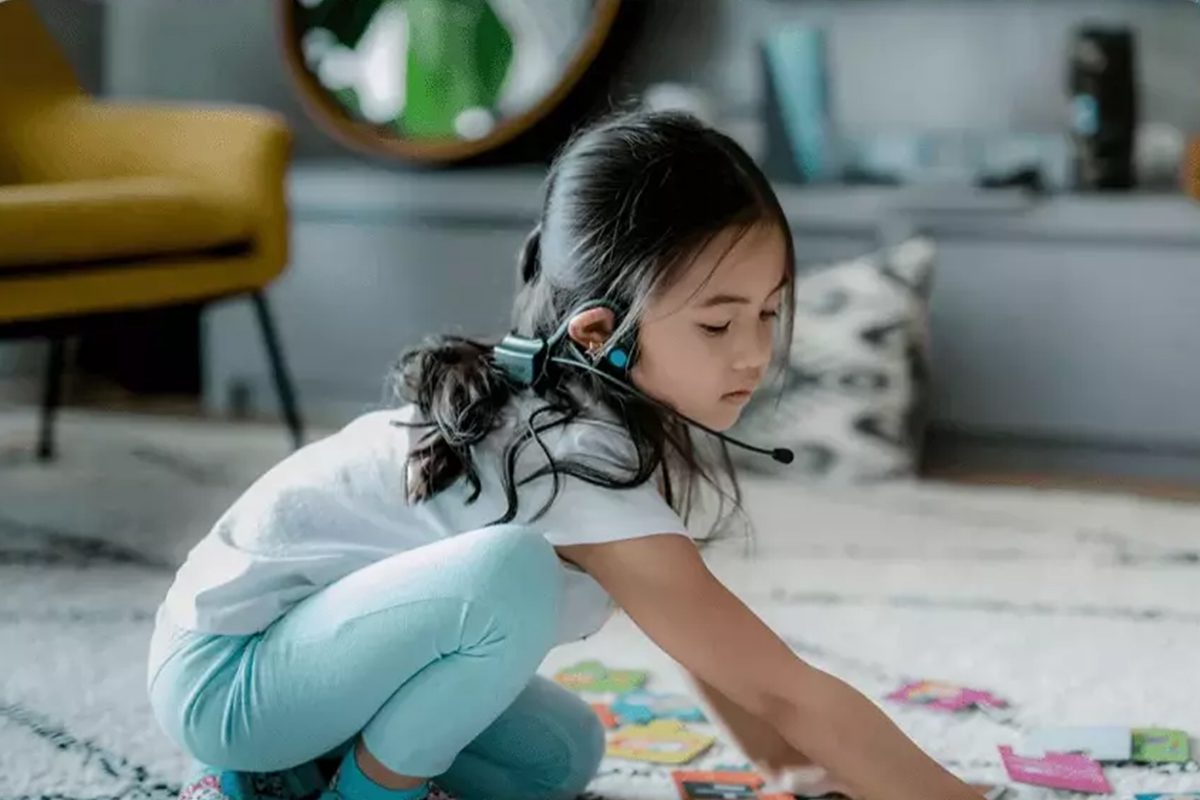
Many distractions take our attention away from learning and studying — added stimuli significantly affect the learning process for those diagnosed with ADD, ADHD, or various learning disabilities. Read more here.
 Product Of The Month
Product Of The Month
10 Things Every Child with Autism Wishes You Knew
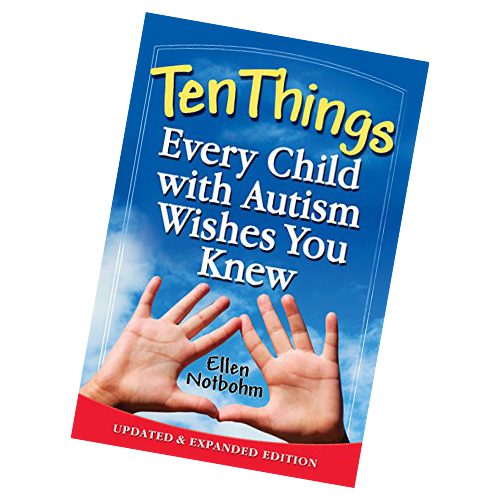
“This is an easy, short book that I found practical and respectful. I highly recommend it to parents, teachers and new therapists as an easy reference point”
~ Michelle, Occupational Therapist
Sensory Therapy Swing
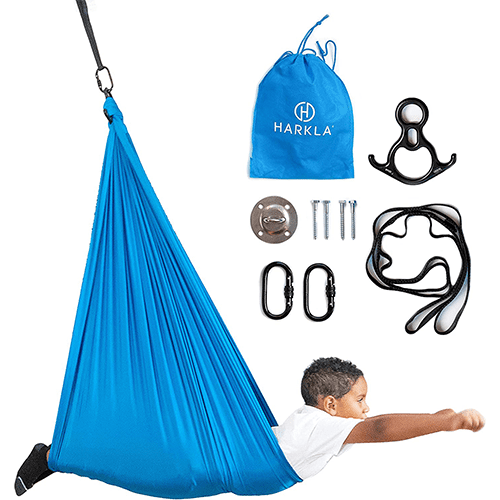
- Builds strength and develops balance
- Swinging and movement help develop essential skills.
- Improves body and spatial awareness
Talking Flash Cards
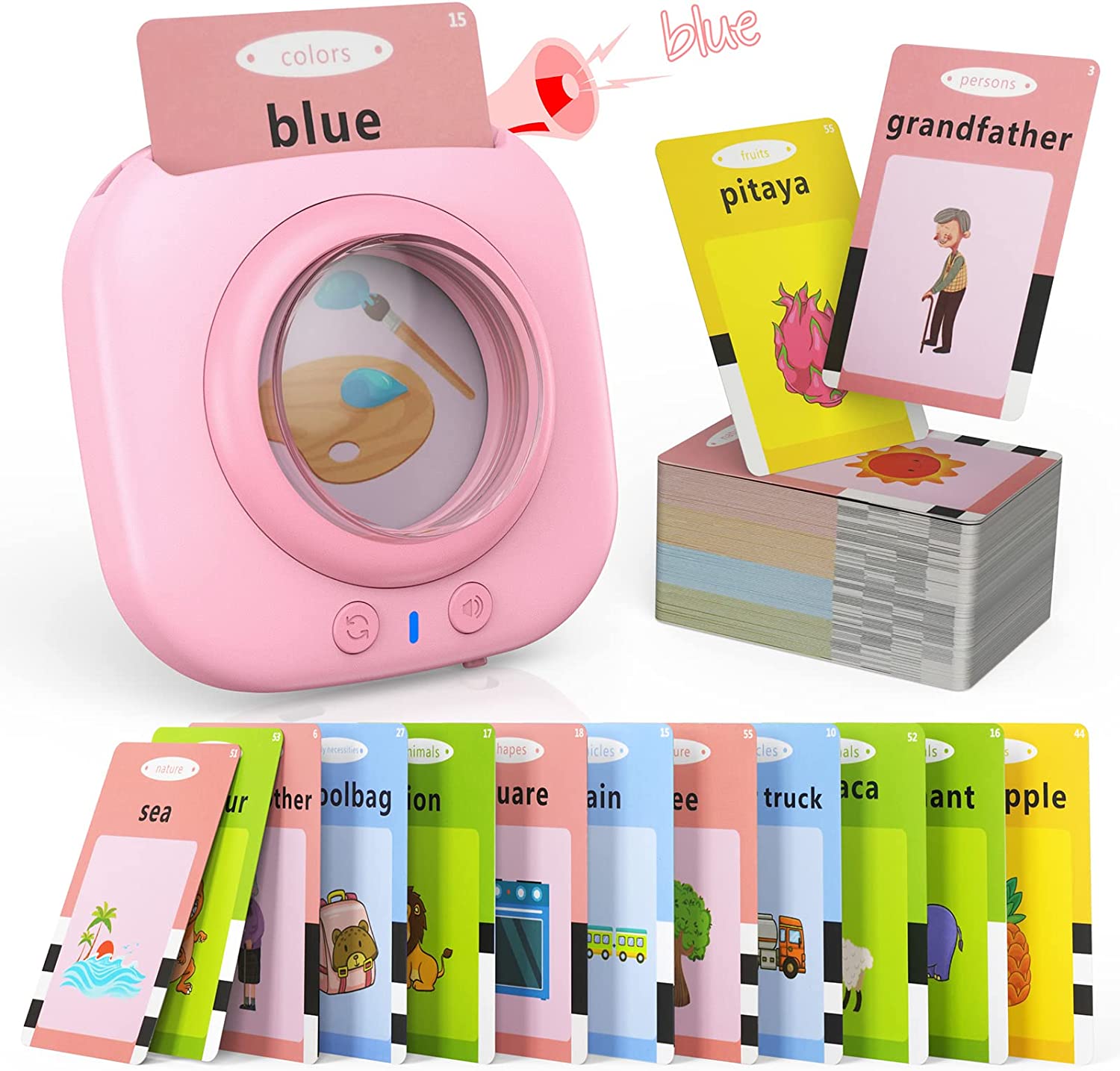
- Learn sight words
- Enhance cognitive ability
- Exercise hearing
- Build vocabulary.
The post July 2022
Newsletter first appeared on Spring Forward Family Centre.
